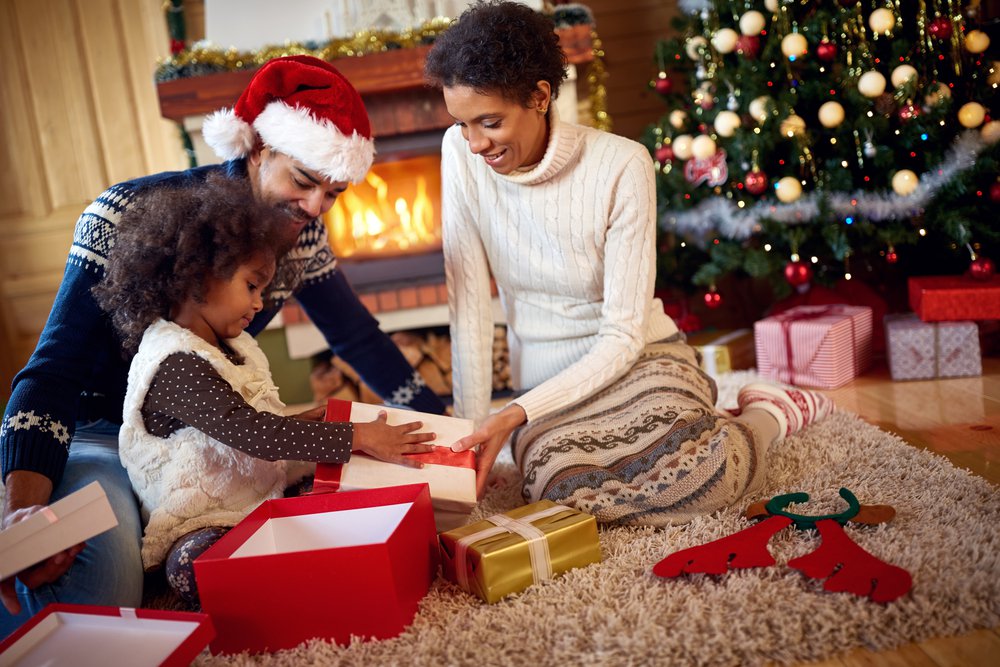 Statistics show that electrical mishaps and home fires increase during the winter season. Fire departments respond to an estimated average of 780 home structure fires every year, and they begin with simple decorations. Fortunately, fire-proofing a home is not as complicated or inconvenient as one would think, and making the proper safety precautions a force of habit will ensure your family’s safety for years to come.
Statistics show that electrical mishaps and home fires increase during the winter season. Fire departments respond to an estimated average of 780 home structure fires every year, and they begin with simple decorations. Fortunately, fire-proofing a home is not as complicated or inconvenient as one would think, and making the proper safety precautions a force of habit will ensure your family’s safety for years to come.
Knowing the importance of fire and electrical safety should not rest solely on the shoulders of parents. Talk to your children as early as possible about the danger of fires, and why everybody has to take certain precautions in the house to avoid them. This excellent collection of fire-safety activities for children helps parents educate their little ones in an engaging way about the importance of fire safety.
1. Inspect Electrical Decorations & Do Not Overload Outlets
Loose, frayed, or bare wires are a double threat, as they pose the risk of both electrical shock and fire hazard. The same applies to outlets that are cracked or damaged. Make sure that you plug only one high-wattage electrical item into an outlet to avoid blowing a fuse.
2. Keep Your Christmas Tree Well Hydrated
Christmas trees are combustible even when they aren’t dry, and become increasingly more flammable as they continue to dry out. In fact, a dry tree can catch on fire and burn faster than a newspaper. To see how quickly an unwatered tree can burst into flames, watch this live burn demonstration conducted by the U.S. Consumer Product Safety Commission (CPSC). Make sure that your tree is watered daily to avoid the risk of it catching fire, and keep it at least three feet away fromheat sources like space heaters, radiators, and fireplaces. If you have an artificial tree, make sure that it is labeled 'fire resistant.'
3. Opt For Battery-Operated Candles
We all love the relaxing ambiance created by lit candles, but battery-operated and LED candles provide an equally beautiful, flickering ambiance without any actual flames. Almost half of all home decoration fires are started by real candles, so consider stocking up on flameless candles this holiday season instead.
4. Space Combustibles 3+ Feet Apart From Heat Sources
Half of all home fires begin with decorations that are too close to a heat source. Keep anything combustible three feet or more away from heat sources, especially items with an open flame such as fireplaces and candles.
5. Handle Cords With Care
Never run electrical cords under carpets, rugs, furniture, or out of windows. In order to avoid electrical shock or fire hazards, make sure that cords are not forced into small spaces (e.g. windows and doors) pinched by furniture, located near heat sources, or affixed to a surface with nails or staples. Nails and staples can puncture the insulation in a wall and potentially cause electrical shock or a fire. Cords should always be affixed using a Cable Turtle or plastic spiral wire wrap. Moreover, make sure that cords are kept out of the path of foot traffic and furniture to prevent fraying, overheating, and tripping.
6. Use OSHA-Certified Decorations
Holiday decorations should bear a label from one of the following independent testing laboratories that are nationally-recognized by the Occupational Safety and Health Administration (OSHA):
- Underwriters Laboratories (UL)
- Canadian Standards Association (CSA)
- Intertek (ETL)
7. Stay In The Kitchen When Cooking
Unattended cooking equipment is the leading cause of home cooking fire, according to the National Fire Protection Association (NFPA). The peak day for home cooking fires is Thanksgiving, followed by Christmas Day and Christmas Eve. Whether you are frying, grilling, boiling, or broiling food, do not leave the kitchen until everything is finished cooking and you have unplugged or shut off all cooking equipment. Children under the age of five are more likely to be hurt by touching hot cooking equipment or hot liquids than fire itself, so be sure to closely supervise them during meal preparation, or have them wait until the food is ready.
8. Make It A Habit To Turn Everything Off Before Bed
Half of home fire-related deaths occur between 11 pm and 7 am, when most people are sleeping. Before you go to bed or even leave the room for an extended period of time, blow out all candles and unplug all of your decorations.
9. Test And/Or Replace Your Smoke Alarm Battery
Three out of five home fire deaths occur in homes with no smoke alarms or no working smoke alarms. Every household should have a working smoke alarm on every level of the home, and inside every bedroom. Change the batteries of your smoke alarm at least once a year, and replace the device itself every ten years. If your smoke detector keeps beeping, this Smoke Alarm Guide explains how to successfully reset it, whether it is hard-wired or battery-powered.
10. Protect Children From Fireplaces
Make sure that fireplace tools and accessories are always well out of a child's reach, especially lighters and matches. Keep all potentially-flammable items (e.g. newspapers, curtains, etc.) away from the fireplace so that they do not accidentally catch fire. If your fireplace has glass doors, minimize your child's chance of getting burned on the hot glass by installing a safety screen.
Capital Area Pediatrics offers outstanding, comprehensive pediatric care to families throughout Northern Virginia. Our dedicated care team is committed to ensuring the safety and health of children of all ages, from speciality and chronic care services to adolescent health. We are currently offering telemedicine visits for those who prefer to stay home, as well as touchless check-in to minimize the spread of COVID-19. You can also request an appointment online.


